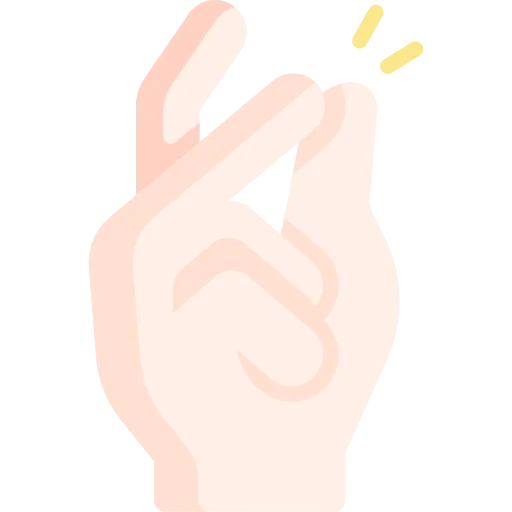If you’re not sure whether your home has termites you can always inspect the walls for gnaw marks. Sunken areas or narrow winding lines may indicate the presence of termites. Although they don’t eat sheetrock or gypsum they may damage paneling or cardboard coverings. You may also find odd-shaped formations of dried mud. Termites especially Formosan termites build their swarm castles during the spring. A break into a swarm castle may trigger soldiers to defend the breech.
Termites make a lot of noise in the walls
If you’re worried about termites making a lot of noise in the walls you’re not alone. Termites make a lot of noise because they gnaw wood and chew it continuously. Although termites don’t sleep they don’t have set sleeping hours so you might not hear their noises very clearly. If you hear a buzzing or tapping sound it’s most likely termites.
Termites make sounds during the day and at night. This sounds are often more audible at night. These noises are produced when termites move through wood or bang their heads against the walls. They produce many different sounds that make it difficult for people to recognize them without experience. These sounds may be weak and hard to hear in small areas but you can probably identify a termite infestation if you hear any of these sounds.
The loudest sound that termites make is head-banging. Since termites are blind and deaf they communicate through vibrations. This noise is usually made by soldier termites who protect their colony. Soldier termites bang their large mandibles against the walls to warn others of danger. However you may also hear a low humming sound. This is not as distinct as a honeycomb hum but it can be discerned.
Another type of noise that termites make in the walls is gnawing. This type of noise comes from their nests in wood insulation and wires. Mice also make scratching tapping and scurrying sounds. Red squirrels can also make noise in the walls. They often build their nests in the attic and walls. In addition to termites they can also build nests in garages and attics.
While this sounds are not as loud as the noise made by termites the presence of pinholes in the wood framing fallen wings and mud tubes are all signs that you may have a termite infestation. In addition to pinholes in wood termites also make noise in the walls and if they’re there you should take immediate action to protect your property.
You might also hear flying termites in the walls. The swarmers are resembled to flying ants but have two pairs of wings and are about 1/4 to 1/2 inch in length. The sound of termite swarmers can be heard especially during the spring and summer months. They’re also likely to be heard after a rain. When termites start to build their colonies they will destroy wood structures.
Termites only need one small crack to get inside
Termites are highly attracted to damp moist wood. Even one small crack can be enough for them to gain access to your house and start eating away at the skirting boards floorboards and wall linings. Even though masonry and steel houses have lower risks of major structural damage they are still susceptible to termite infestations. In fact a study by the CSIRO found that these types of buildings were almost as vulnerable as houses made of timber.
A sign of a termite infestation is the presence of small mud-style stains on the walls or foundation of a home. These marks are often on the other side of the plaster and may indicate an entrance or sub-nest. Since termites are deaf they can only hear sound through their bodies. Therefore their sounds are more like buzzing and noises than actual words.
Termites will continue to feed on your home until you run out of food. Once they arrive they will continue to eat through your house which is why you need to seek professional help immediately. Professional pest control companies can remove the existing termites in your home and prevent future infestations. A licensed professional can help you prevent future termite infestations by addressing all possible causes and treating the entire house.
Drywood termites live above ground. They prefer wood that is dry and does not have soil underneath. Unlike their subterranean cousins they don’t need soil to make their nest. They can live in any dry wood and can even build mud tubes to access water. This type of termite can infest a house’s foundation. You may not notice these signs but they can be a sign of a termite infestation.
Subterranean termites live underground and enter through small holes or cracks in your foundation. Often they use mud tubes to travel to a food source. If you have any evidence of their presence you can try to seal the holes in your foundation walls with caulk. Using a termite barrier spray is an effective way to prevent termites from invading your home.
A termite infestation can cause extensive damage to a home’s walls so you should immediately call a pest control company to get the problem fixed as soon as possible. The damage left behind by termites is distinct. They eat the wood and leave behind hollow wood and mud tubes. They also eat the drywall and paper coatings. To ensure that your home is free of termites you should schedule a professional inspection to check for evidence of termite activity.
Termites look like they have absorbed water
If you notice lumps on your walls it is likely that termites are eating your wall structure. Termites chew through drywall and wood leaving behind mud tubes. When the problem is severe the tunnels will be larger. You can also check for pools of water near the damaged area. Most of the time water damage is the result of clogged or leaking drainage. Constant leaking causes water to pool around the damaged area.
The type of termite you have depends on the type of damage your house has sustained. Subterranean termites tunnel through the interior of wooden structures to find food and water. The damage may not be visible until it has compromised structural integrity. The galleries are lined with muddy material. Drywood termites prefer dry wood to build their colonies. They leave behind mud tubes that look like sculpted dirt.
Another sign of termite damage is a crack in your wall. The wood inside the structure is weaker than the rest of the wall so you should take steps to prevent them from entering your house. Cracks in wooden structures and holes in window sills may be a sign of termite activity. You may even see fungus growing in these areas. If you suspect termites it’s important to get a professional to check your walls.
If you find a wood-colored swarm you’ll likely be dealing with a drywood termite infestation. Drywood termites feed on the wood inside your house leaving behind wood-colored frass. Drywood termites eat wood in walls while subterranean termites live underground. This is a common sign of termite infestation.
Another sign of termite infestations is the presence of flying termites. Termites swarm when the weather is warm enough. They will emerge from a hidden place during warm weather and shed their wings to mate. Once they’ve mated they will create a new colony. This means you may not notice the damage until you have extensive damage. Termites can be hard to detect until the infestation has already caused major damage.
Termite infestations can be a real problem and can be very expensive to remedy. If you suspect that you have a termite infestation in your home it is important to seek professional help. Using a good pest control system is essential to get rid of the problem as soon as possible. Even a small infestation will have serious consequences for your home. Contact a termite control specialist to get the problem addressed before it becomes too late.
Using a termiticide isn’t a good idea if you’ve found termites in your walls. Many of them are very dangerous if exposed to high doses. Always follow the instructions on the label carefully and wear protective clothing and a mask when using insecticides. Even though they may seem harmless exposure to the pesticide can have detrimental effects on your health.




